Do you struggle to write for your target audience and know what resonates with them? Constantly hitting writer’s block because of it? No problem. I’ve been writing content and sales copy for 10+ years, and have been there myself.
Writing for your target audience is a valuable skill all entrepreneurs and marketers must know. It allows you to increase the engagement and conversions of any material you publish.
But, how do you understand your target audience and their desires? Follow the steps I lay out in this article, and you will never wrestle with knowing how to write for your customers.
Identifying Your Target Audience
So, you wanna get your content out there and make an impact, right? Cool. But first, we gotta figure out who you’re talkin’ to. Let’s dive into the nitty-gritty of identifying your target audience.
First things first, you gotta know your niche or industry. What’s your special sauce? Are you a fitness guru, or maybe an expert in vegan recipes? Pinpointing your focus will help you zone in on the people who’ll care about what you’ve got to say.
Now that you’ve got your niche figured out, it’s time to create buyer personas. These are like your imaginary friends, except they represent your ideal audience.
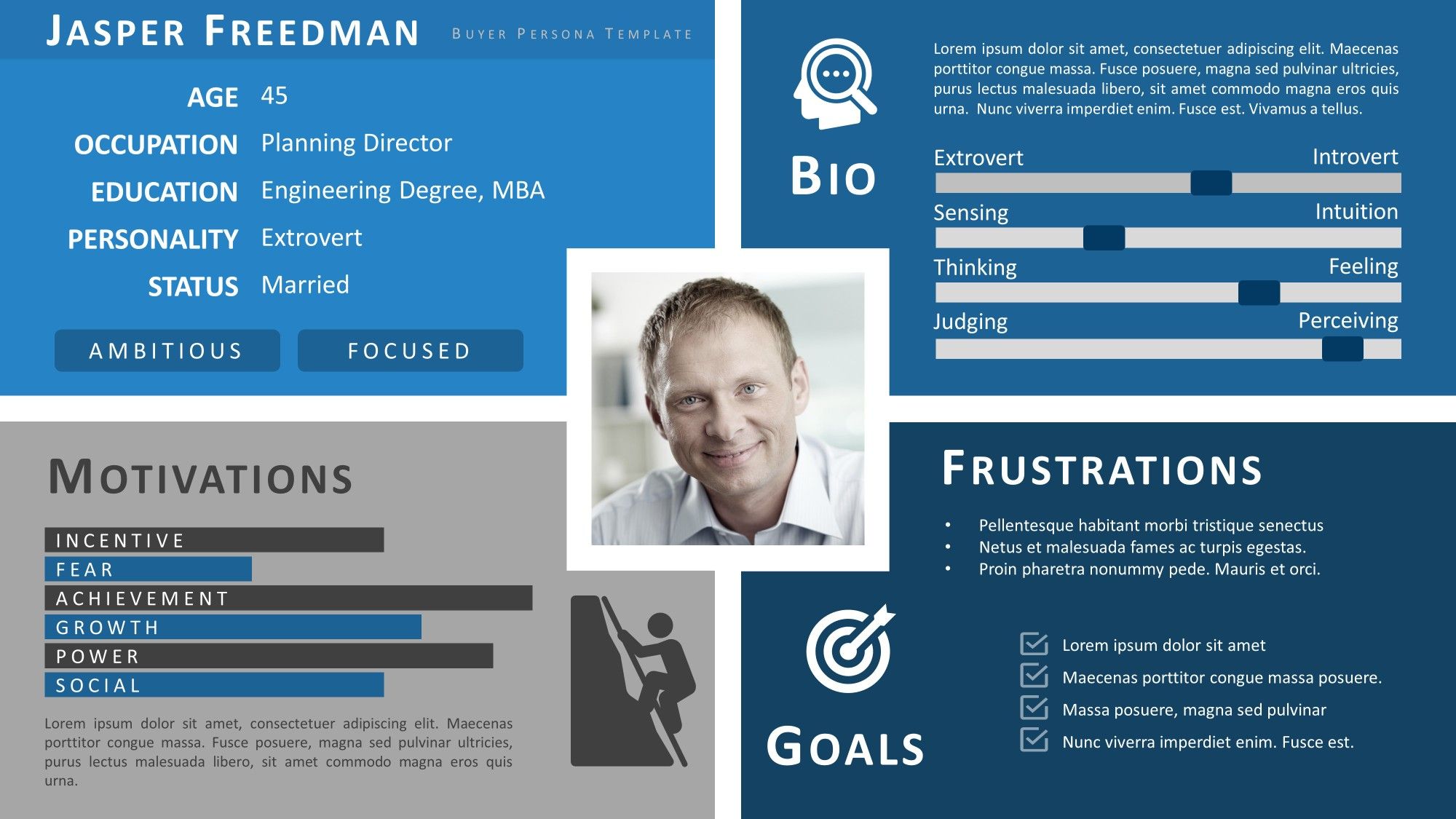
Start by looking at demographics like age, gender, and location. Then, dig deeper into their thoughts and feelings with psychographics. Things like interests, values, and attitudes. And don’t forget about their behavior patterns! How do they shop? What are their hobbies? Knowing all this will help you get a crystal-clear picture of who you’re writing for.
But hey, don’t just rely on guesswork. You gotta do some market research, too. This can be as simple as sending out surveys or conducting one-on-one interviews. Just ask your audience about their preferences, pain points, and what they’re lookin’ for.
You can also be a bit of a social media sleuth, analyzing popular trends and topics in your industry. This will help you get a feel for what resonates with your peeps. I like using Reddit to analyze customer conversations.

Once you’ve got all this intel, you’re ready to start crafting content that speaks directly to your target audience. And trust me, when you nail this, your content will be way more powerful and engaging.
I cover how to do effective customer research in my copywriting courses.
Leverage Tools to Improve Your Research
Why not work smarter, not harder? I recommend using tools like BuzzSumo to help you better gauge who your customers are and where they spend time.
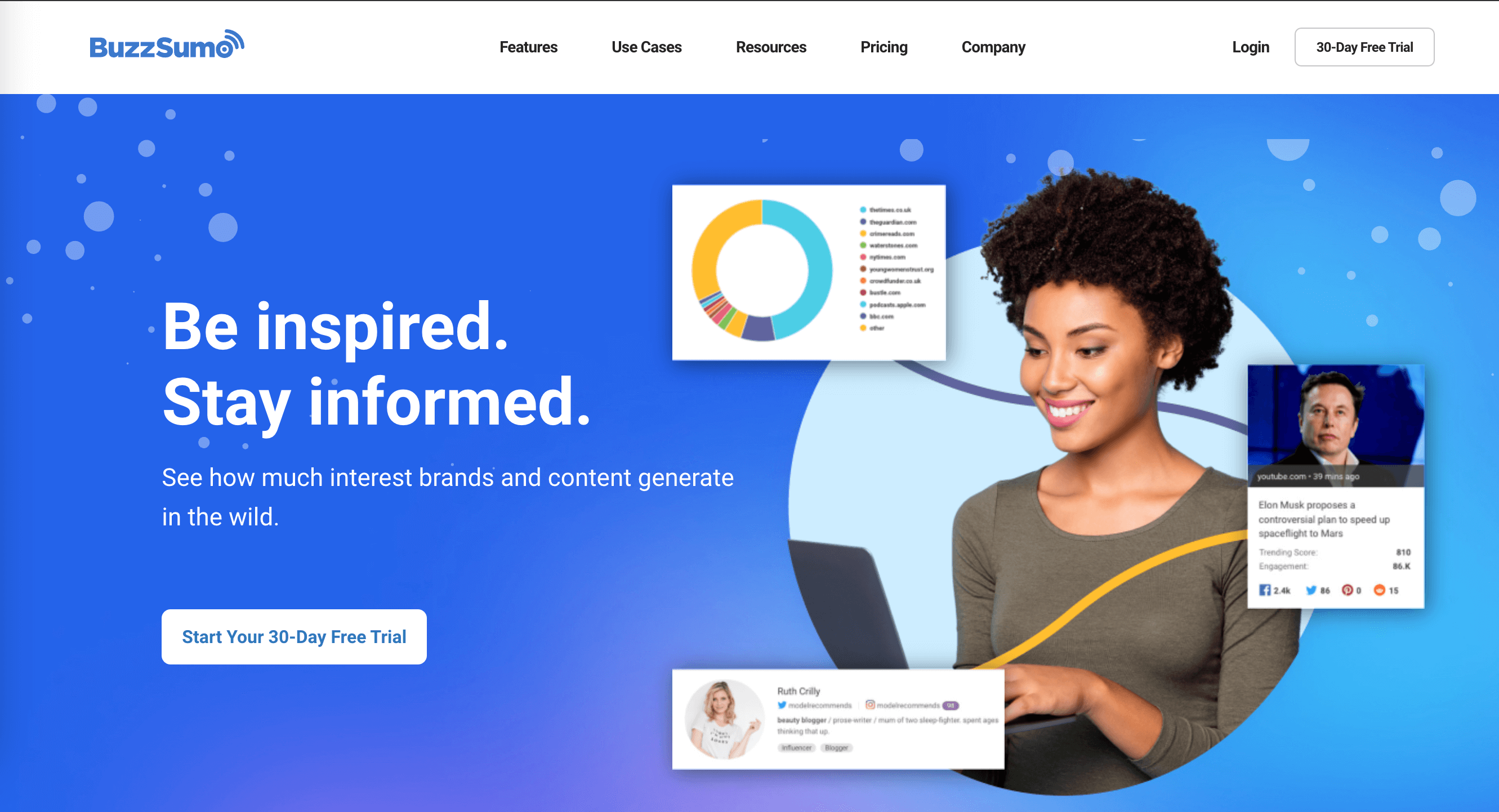
BuzzSumo is a powerful content research and analysis tool that can give you insights into what’s trending in your niche or industry. Here’s how you can use it to better understand your audience:
- Discover popular content: Type in keywords related to your niche or industry, and BuzzSumo will show you the most-shared content across different platforms. This gives you an idea of what topics and formats resonate with your audience. Take note of these, and think about how you can create content that’s just as share-worthy.
- Analyze competitors: Wanna know what your competition is up to? Simply enter their website’s URL into BuzzSumo, and you’ll see their top-performing content. This way, you can learn from their success (and their not-so-great moments) to refine your own content strategy.
- Find influencers: BuzzSumo can also help you find key influencers in your niche. Why’s this important? Well, partnering with influencers can help you reach a wider audience and even build credibility. Plus, by analyzing their content, you can gain insights into what your target audience responds to.
- Monitor trends and conversations: Keep your finger on the pulse by setting up alerts for keywords, brand mentions, or competitor names. BuzzSumo will then notify you when there’s a spike in interest or new content related to those terms. This way, you can stay on top of what matters to your audience and tailor your content accordingly.
- Analyze content performance: BuzzSumo’s not just about spying on others. It can help you measure your own content’s success, too. Look at metrics like social shares, engagement, and evergreen scores to see what’s working and what’s not. Then, use these insights to tweak your content strategy and make it even more audience-focused.
Understanding Your Audience’s Needs and Desires
Alright, now that we’ve got a handle on who your target audience is, it’s time to figure out what makes ’em tick. Let’s talk about identifying your audience’s needs, so you can create content that really hits the spot.
First up, you gotta uncover their pain points and desires. What keeps ’em up at night? What do they dream about? By tapping into these emotions, you can create content that speaks to their hearts, and trust me, that’s the good stuff. So, listen to what they’re saying in comments, reviews, or even in-person conversations. And remember, empathy is key!
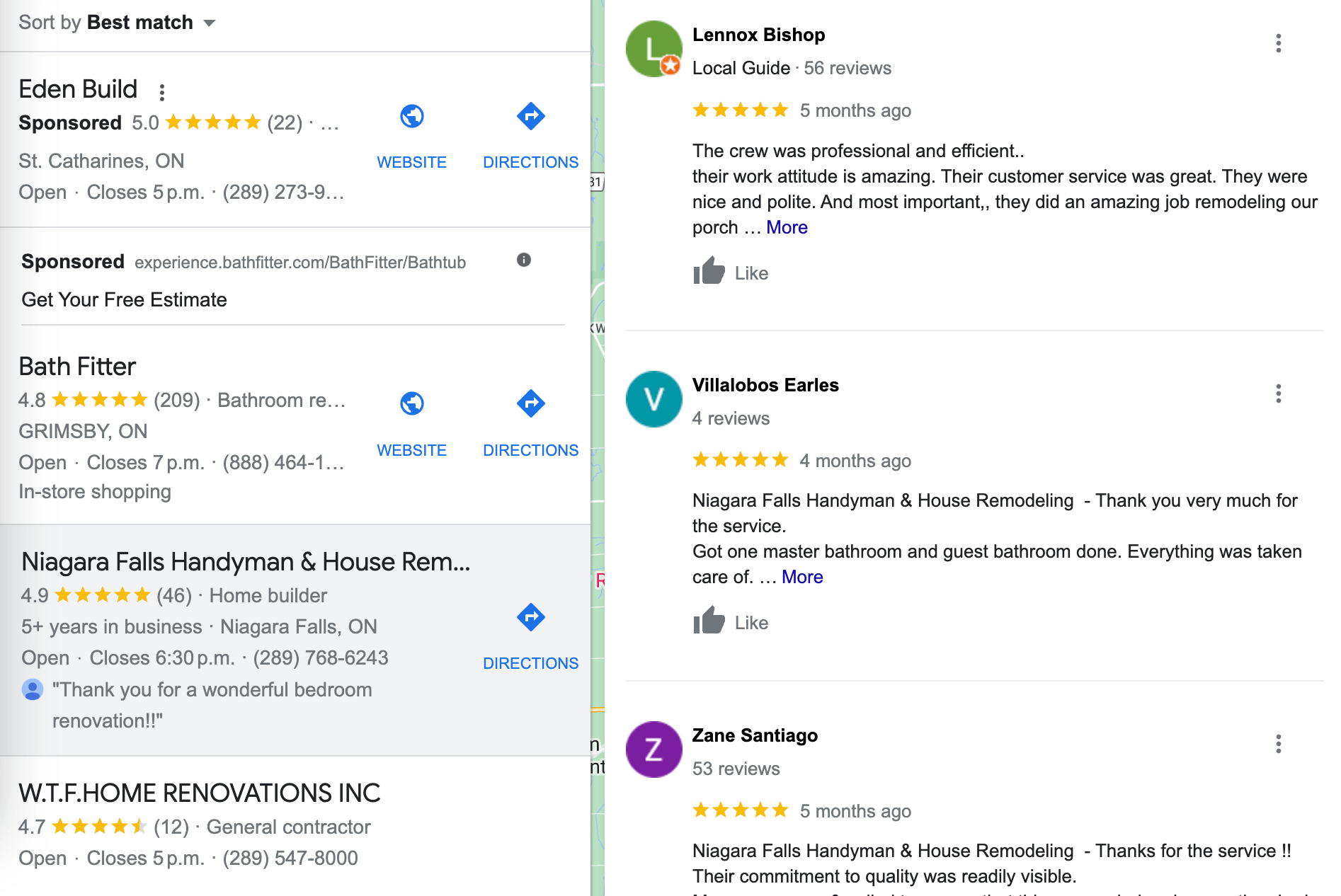
Next, you wanna know how your audience likes to consume content. Are they all about blogs, or do they prefer watching videos? Maybe they’re into podcasts, who knows? Figuring out their go-to formats and platforms will help you create content that fits right into their daily lives.
While you’re at it, don’t forget to snoop on your competitors. What kind of content are they putting out there? And more importantly, how’s your audience responding to it? Keep an eye on what works and what doesn’t, and look for any gaps you can fill. That’s your chance to swoop in and make a splash!
Crafting Your Message
Alright, now that we know who your audience is and what they need, let’s talk about how to craft your message so it really hits home.
First off, you need a unique value proposition (UVP). This is like your secret sauce–what sets you apart from the competition. Your UVP should tell your audience why they should choose you over anyone else. So, think about what you do best, and then make it the star of your show.
Next up, let’s talk about language. If you wanna connect with your audience, you’ve gotta speak their language. And I’m not just talking about English, Spanish, or whatever. I’m talking about tone, style, and even the jargon they use. So, pay attention to how they talk, and then mirror that in your content. This will make your message feel more relatable and authentic.
Then, let’s get down to the nitty-gritty: addressing your audience’s concerns and desires. Remember those pain points and desires we talked about earlier? Here’s where they come into play. Make sure your content tackles their issues head-on and shows them how you can make their lives better. Use emotional triggers to connect on a deeper level, and focus on the benefits they’ll get from your product or service.
And finally, don’t be afraid to show a little personality! Nobody wants to read boring, generic content. So, let your true self shine through in your writing. This will help you build trust with your audience and make your message feel more genuine.
Selecting The Best Content Format and Channels
We’ve covered how to craft a killer message for your audience. But what about getting it in front of their eyes (or ears)? That’s where content formats and channels come in.
84% of businesses use their website as a primary content marketing channel. This is followed by social media, print, and email.
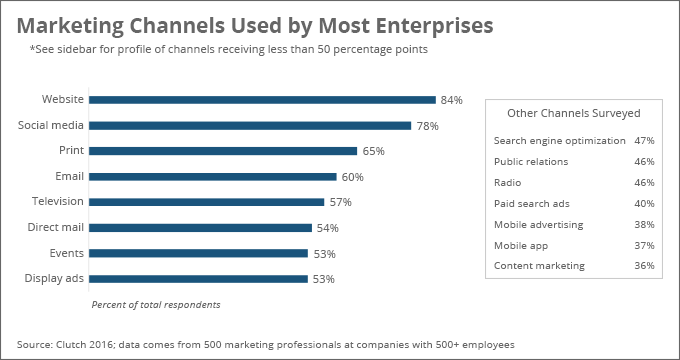
First things first, you gotta match your audience’s preferences. Remember when we talked about figuring out their favorite content formats? Well, now’s the time to put that knowledge to good use. Whether they’re into blogs, videos, or podcasts, make sure you’re creating content in the formats they love. This way, they’ll be way more likely to consume and engage with your stuff.
Now, even though it’s important to cater to their preferences, don’t be afraid to mix things up a bit. Diversifying your content formats can help you reach a wider audience and keep things fresh. So, experiment with different formats; maybe try an infographic or a webinar.
Next up: leveraging social media and other platforms. Your content won’t do you any good if it’s just sittin’ on your website, gathering digital dust. You gotta put it out there! Share your content on platforms your audience hangs out on, like Facebook, Instagram, or even LinkedIn. And don’t be shy about repurposing content for different platforms. A blog post can become a video, or a podcast episode can turn into an Instagram Story.
Measuring and Improving Your Content and Sales Copy
You’ve crafted your message, picked the right formats, and even shared your content on the perfect channels. But how do you know if it’s actually working? That’s where measuring and adapting your strategy comes into play.
First off, you gotta set up some key performance indicators (KPIs). These are like your North Star, guiding you to content success. Your KPIs could be things like website traffic, social shares, email sign-ups, or even sales. Just make sure they’re aligned with your goals, so you can see if you’re on the right track.
All of these metrics and more can be tracked using a platform like Google Analytics. Simply connect your website with the code they provide, and it will collect data on your site, traffic, and customers.
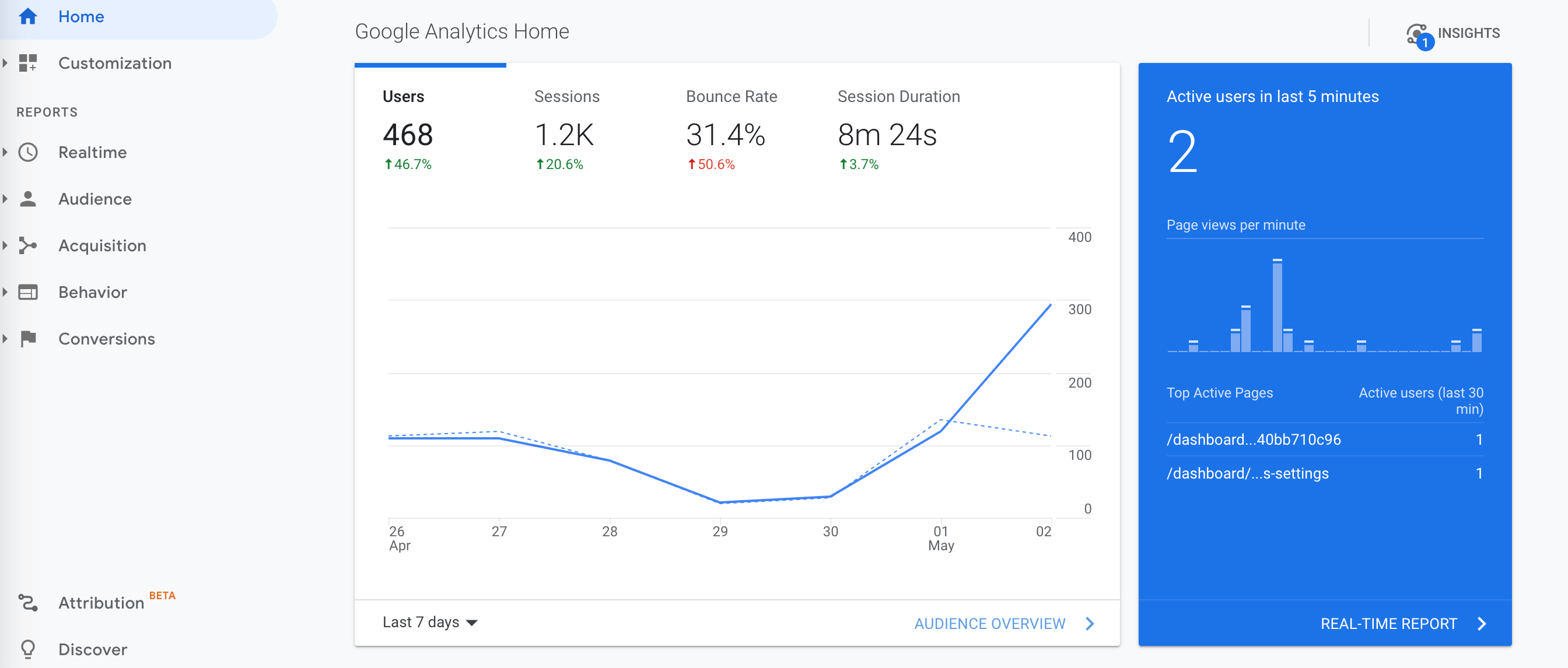
Across channels, you want to look at engagement metrics, like comments, likes, and shares, to see if your audience is digging your stuff. And don’t forget about conversion metrics, like leads generated or sales made. These will show you if your content is actually driving results.
Once you’ve got your data, it’s time to put on your detective hat and figure out what’s working and what’s not. Are certain topics or formats getting more traction? Are some channels performing better than others? Use these insights to tweak your content strategy and make it even more audience-focused.
But hey, don’t just set it and forget it. Keep an eye on feedback and results, and be ready to adjust your strategy as needed. Your audience’s preferences might change over time, or you might discover new opportunities to explore. So, stay flexible and be ready to experiment with new ideas.
Summing up How to Write For Your Target Audience
We’ve covered everything from identifying your target audience to measuring and adapting your content strategy. By now, you should be well-equipped to create content that resonates with your audience and drives results.
To recap, remember to:
- Identify your target audience and understand their needs.
- Craft a message that speaks their language and addresses their concerns.
- Choose the right content formats and channels to reach your audience effectively.
- Measure your content’s performance and adapt your strategy based on feedback and results.
As you embark on this content creation journey, don’t forget that connecting with your audience is an ongoing process. Keep learning, experimenting, and refining your approach to stay relevant and maintain that strong bond with your peeps.
If you want to take your writing skills to the next level and earn a living freelancing, check out my online courses.














